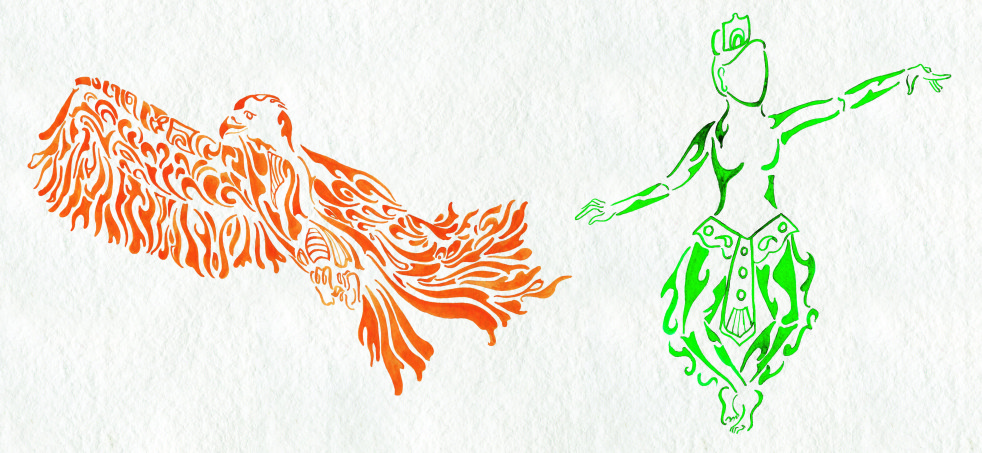History of Vannam
The 'Vannam' are a main component of Kandyan dance form. The word Vannam comes from the Sinhalese word Varnana meaning descriptive praise. The fairly complicated rhythmic forms of steps and movement are from original dance patterns of the Kohomba Kankariya. These are solo poetic dances, sung and danced expressing a dominant idea. An ancient text refers to 36 of them.

History reveals that the Kandyan King Sri Weeraparakrama Narendrasinghe gave considerable encouragement to Dance and Music. In his Kavikaramadwa - the decorated dance arena appurtenant to the Assembly Hall - there were song and poetry contests. It is said that the Kavi (poetry sung to music) for the 18 principle Vannams were composed here by an old sage named Ganithalankara, with the help of a Buddhist priest of the Malwatte Chapter of the Kandy Temple of the Tooth Relic.
It is possible that some of these Vannam have come from ancient times and that others were composed afresh or adapted to expound the majesty of the King and his court.
